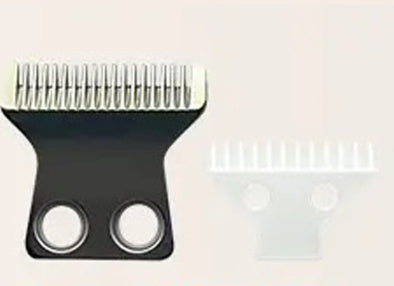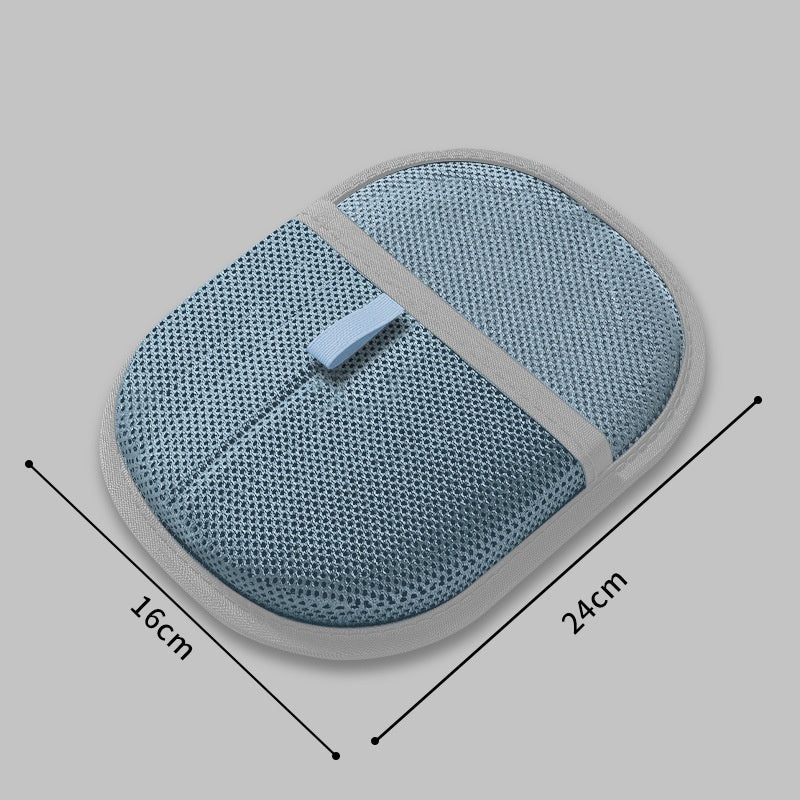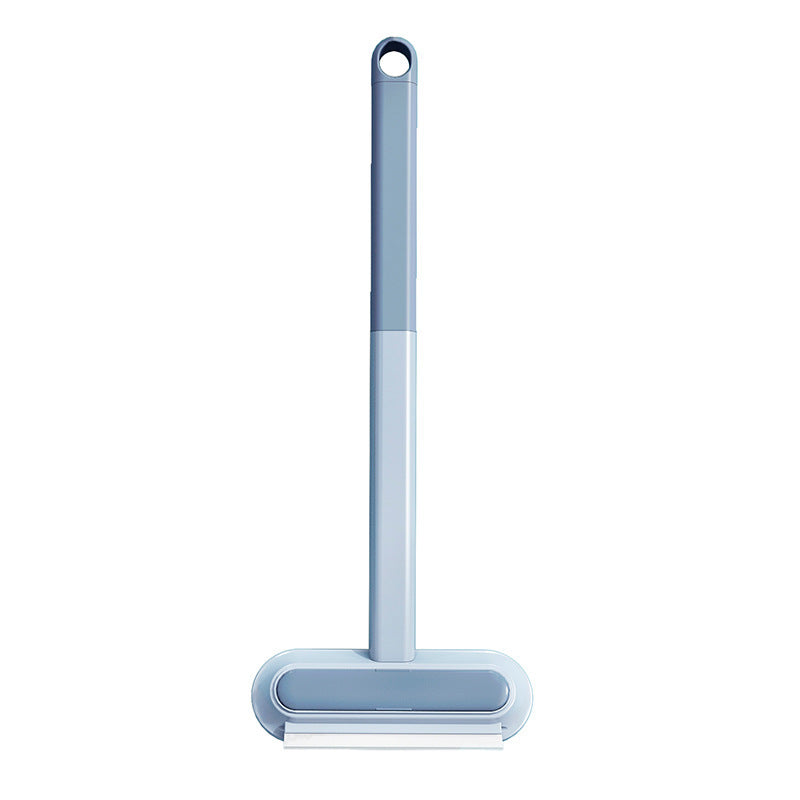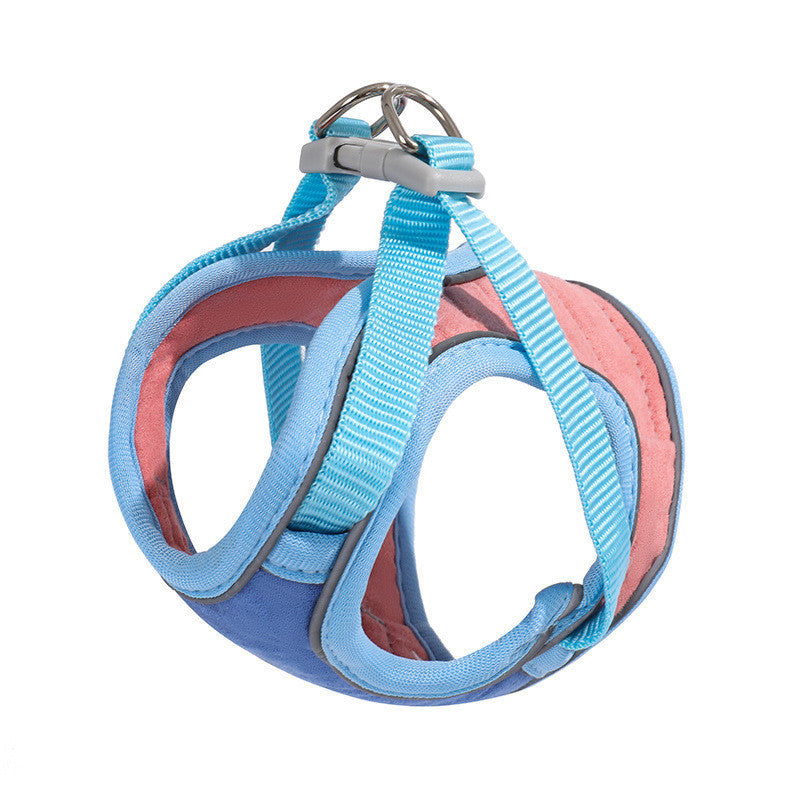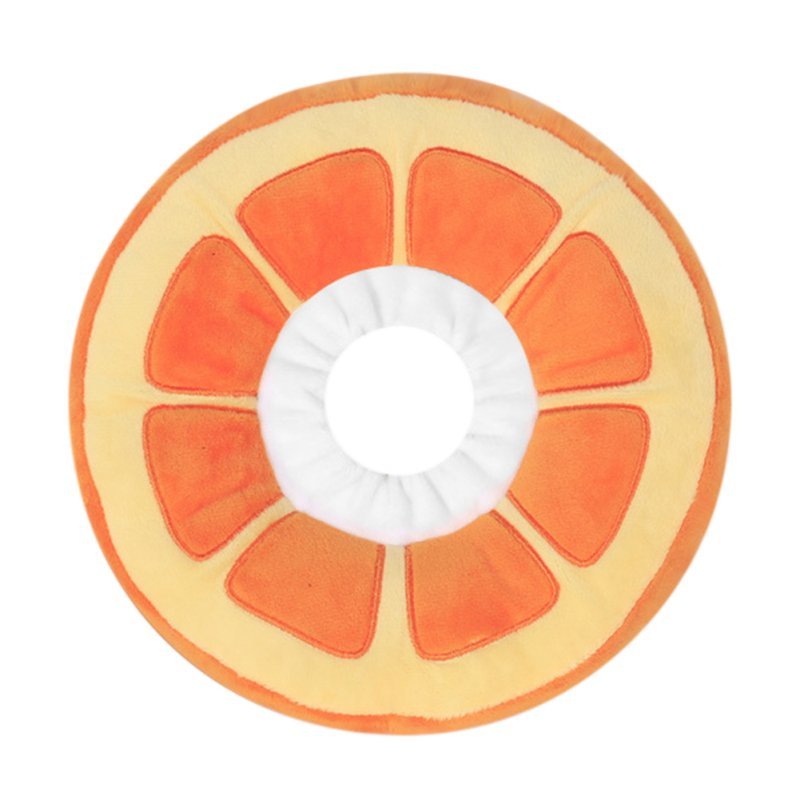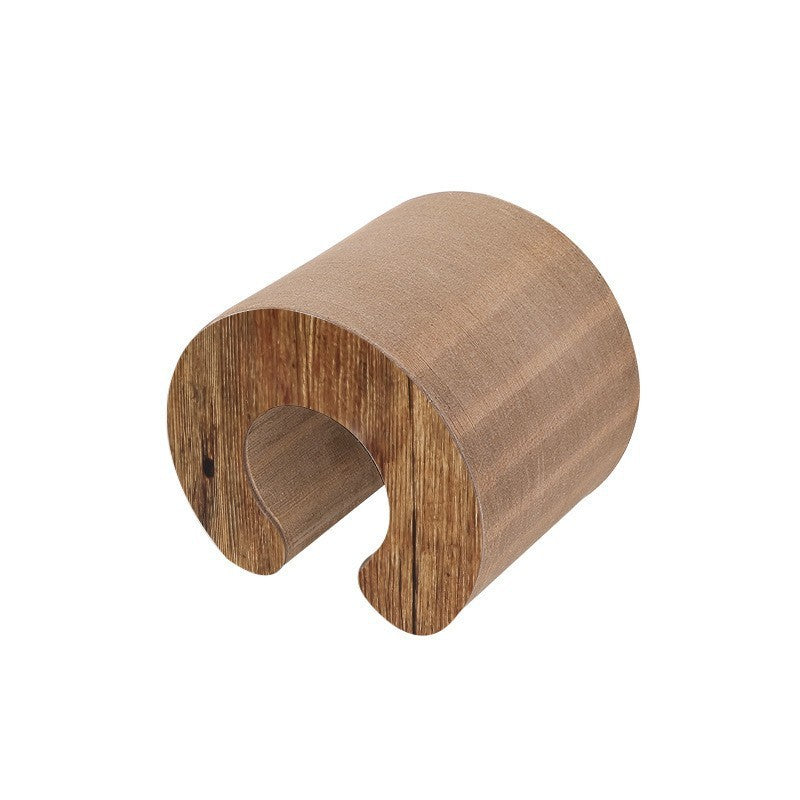Your cat's nutritional needs evolve throughout their life journey, from playful kitten to dignified senior. Understanding these changing requirements helps you provide optimal nutrition at every stage, supporting health, longevity, and quality of life.
In this blog, we'll explore the essential nutritional considerations for cats as they grow and mature.
Kitten nutrition: Kittens require more calories and protein per pound than adult cats to fuel their rapid growth and development. Their food should be specially formulated with higher protein, fat, and certain vitamins to support developing bones, muscles, and immune systems. Kittens should be fed small, frequent meals until about six months of age.
Adult maintenance: As cats reach maturity (around 12 months for most breeds), their metabolic rate slows. Adult cats need balanced nutrition that maintains optimal weight without excess calories. Look for foods with high-quality protein sources listed as primary ingredients and appropriate levels of taurine, an essential amino acid cats cannot produce themselves.
According to Best for Pet and Purina Australia, adult cats need balanced nutrition with high-quality protein sources, appropriate levels of taurine, and controlled calorie content to maintain optimal weight. Australian pet owners are advised to adjust portion sizes based on activity levels and monitor for weight gain, especially after neutering.
Senior adjustments: Around age 7-10, cats enter their senior years and may benefit from formulas designed for older cats. These typically contain easier-to-digest proteins, joint-supporting supplements, and adjusted phosphorus levels to support kidney health. Some senior cats need more calories to maintain weight, while others require fewer to prevent obesity.
Special considerations: Many cats have specific nutritional needs based on health conditions, activity levels, or indoor/outdoor lifestyle. Conditions like diabetes, kidney disease, or urinary tract issues may require prescription diets, while highly active cats might need more calories than their sedentary counterparts.
Australian veterinary clinics and pet nutritionists highlight that cats with specific health conditions, such as diabetes, kidney disease, or urinary tract issues, may require prescription diets. Highly active or outdoor cats may need more calories, while indoor cats often require careful portion control to prevent obesity.
Purina Australia and Best for Pet note that senior cats benefit from specially formulated diets with easier-to-digest proteins, joint support (like glucosamine and chondroitin), and adjusted phosphorus levels for kidney health. Australian pet owners are encouraged to switch to senior-specific foods and adjust feeding frequency as their cat ages
Hydration importance: Cats evolved as desert animals and naturally have a low thirst drive. Incorporating wet food into their diet helps ensure adequate hydration, which is crucial for kidney health and proper digestion. Some cats prefer running water sources like fountains over still water in bowls.
| Life Stage | Key Nutritional Needs | Feeding Tips |
|---|---|---|
| Kitten | High protein, fat, DHA, taurine, minerals | Small, frequent meals; kitten-specific formula |
| Adult | Balanced protein, taurine, controlled calories | 1–2 meals/day; monitor weight and activity |
| Senior | Easy-to-digest protein, joint support, low phosphorus | Senior formula; adjust meal frequency |
| Special Needs | Prescription diets, adjusted calories | Vet-guided; tailored to health/activity |
Choosing the right nutrition for your cat involves considering their age, health status, activity level, and individual preferences. Gradual transitions between foods prevent digestive upset, and regular veterinary check-ups help ensure your nutritional choices continue to meet your cat's needs as they age.
Step-by-Step Guide: Feeding Your Cat Through the Ages
-
Kitten (0–12 months):
-
Feed kitten-specific formulas high in protein, fat, and essential nutrients.
-
Offer small, frequent meals—three to four times daily.
-
-
Adult (1–7 years):
-
Transition to adult cat food with high-quality protein and taurine.
-
Feed 1–2 meals per day, adjusting portions for weight and activity.
-
-
Senior (7+ years):
-
Switch to senior cat food with joint support and kidney-friendly nutrients.
-
Offer smaller, more frequent meals if needed, and monitor weight.
-
-
Special Needs:
-
Consult your Australian vet for prescription diets if your cat has health issues.
-
Adjust calories for highly active or sedentary cats.
-
-
Hydration:
-
Incorporate wet food into the diet.
-
Provide fresh water, preferably from a running fountain.
-
-
Transition and Monitoring:
-
Change foods gradually to avoid digestive upset.
-
Schedule regular veterinary check-ups to ensure nutritional needs are met.
-
Remember that proper nutrition is one of the most significant factors in your cat's overall health and longevity making informed choices today contributes to many happy, healthy years together.
FAQs: Cat Nutrition in Australia
Q: What should I feed my kitten in Australia?
A: Feed kitten-specific formulas high in protein, fat, DHA, and taurine, with three to four small meals daily, as recommended by Hill’s and Royal Canin Australia.
Q: When should I switch my cat to adult food?
A: Transition to adult cat food around 12 months of age, or as advised by your Australian veterinarian.
Q: What changes should I make for my senior cat?
A: Switch to senior-specific food with joint support and kidney-friendly nutrients, and adjust feeding frequency as needed.
Q: What if my cat has a health condition?
A: Consult your Australian vet for prescription diets tailored to your cat’s needs.
Q: How can I ensure my cat stays hydrated?
A: Incorporate wet food into their diet and provide fresh water, preferably from a running fountain, as suggested by Hill’s and Zoos Victoria.









